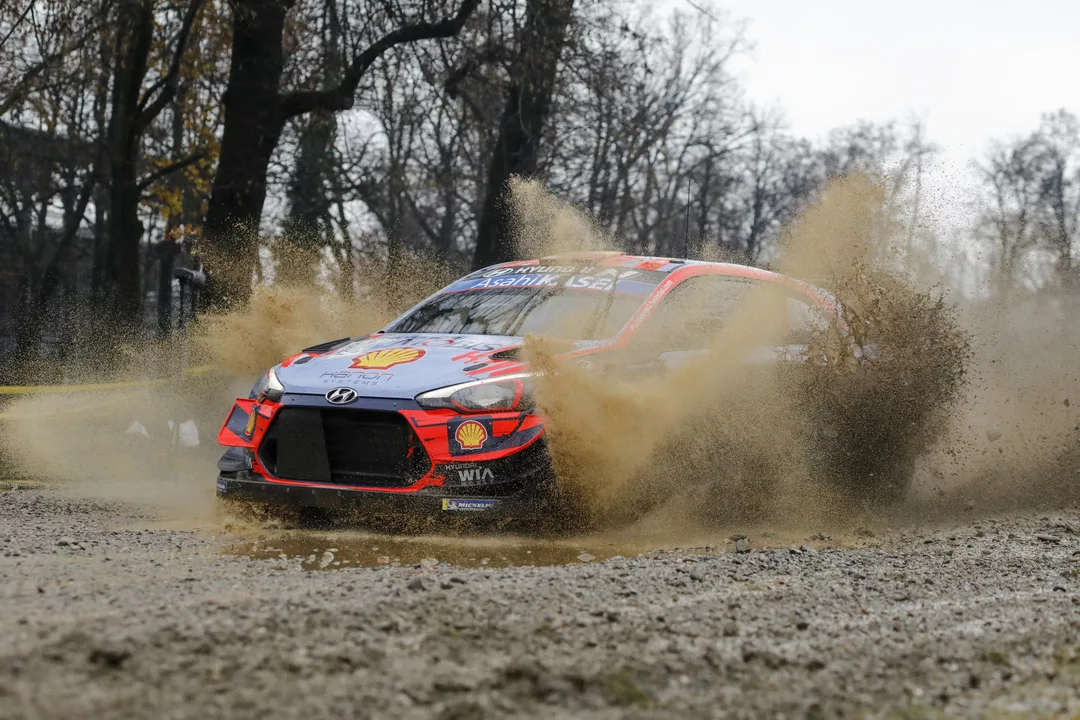Introduction to Rally Driving and Navigation
Rally driving is an incredibly intense and demanding motorsport, with drivers and their co-drivers, or navigators, pushing themselves and their vehicles to the limit in order to achieve the fastest possible times on each stage. One of the key factors that sets rally driving apart from other forms of motorsport is the crucial role played by the co-driver, who provides the driver with detailed instructions about the road ahead, allowing them to drive as quickly and safely as possible. But just how much do rally drivers remember the track, and how much do they rely on their navigator? In this article, we will explore the fascinating relationship between rally drivers and their navigators, and how they work together to achieve success.
The Role of the Navigator in Rally Driving
The navigator, or co-driver, is an essential part of any successful rally team. They sit in the passenger seat and are responsible for reading pace notes, which are a detailed description of the road ahead. These pace notes are created during the pre-event reconnaissance, where the team drives the stages at a slower speed in order to create a customized set of instructions for the driver.
During the rally, the co-driver reads these pace notes to the driver, providing them with information about upcoming corners, jumps, and hazards. This allows the driver to anticipate the road ahead and drive as fast as possible while still maintaining control of the vehicle. Additionally, the co-driver is also responsible for monitoring the car's systems and keeping track of time in order to ensure the team stays on schedule.
Do Rally Drivers Memorize the Track?
While it may seem like rally drivers have an incredible memory for the track, the reality is that very few drivers are able to memorize an entire rally stage. With stages often stretching for tens of miles and featuring hundreds of corners, jumps, and hazards, it would be nearly impossible for a driver to remember every detail of the route.
Instead, rally drivers rely heavily on their navigators and the pace notes they provide. By listening carefully to the instructions from their co-driver, the driver is able to anticipate the road ahead and make split-second decisions about the best line to take, how fast to enter a corner, and when to accelerate or brake. In this sense, the navigator acts as the driver's memory, allowing them to focus on the task of driving as quickly and safely as possible.
How Do Rally Drivers and Navigators Build Trust?
Given the high speeds and intense pressure of rally driving, it is essential that drivers and navigators have complete trust in one another. This trust is built through extensive practice and experience working together, enabling the team to develop a strong understanding of each other's abilities and communication styles.
During the pre-event reconnaissance, the driver and navigator work together to create the pace notes, which can be tailored to the driver's preferences and driving style. This process helps to build trust, as the driver knows that the pace notes have been created specifically for them and are designed to help them achieve the best possible performance. Additionally, practice and experience help the driver to become more familiar with the navigator's voice and the way they deliver the pace notes, which can make it easier to process the information quickly and accurately during the heat of competition.
How Do Drivers Adapt When a New Navigator Joins the Team?
When a new navigator joins a rally team, there can be a period of adjustment as the driver and co-driver learn to work together effectively. This may involve adapting the pace notes to suit the preferences of the new navigator, as well as getting used to their voice and communication style.
However, experienced rally drivers are often able to adapt quickly to working with a new navigator, as they understand the importance of clear and concise communication between the two team members. By spending time practicing together and working on their pace notes, the driver and navigator can quickly develop a strong working relationship that allows them to perform at their best during rallies.
In conclusion, while rally drivers may not memorize the track, they rely heavily on their navigators to provide them with the crucial information they need to navigate the stages as quickly and safely as possible. The relationship between driver and navigator is built on trust and clear communication, with both team members working closely together to achieve success in this demanding and exhilarating sport.
